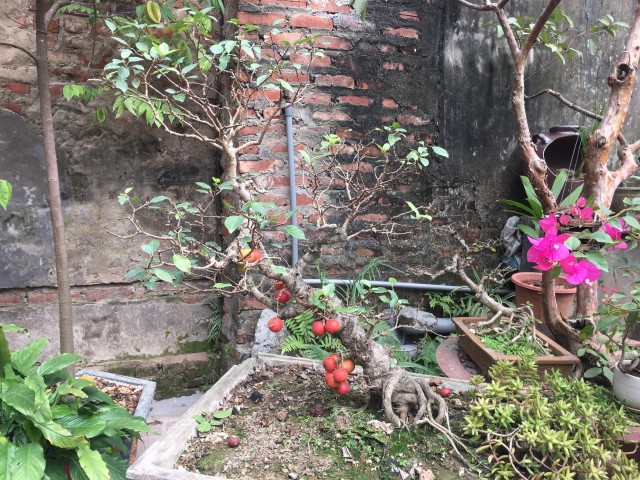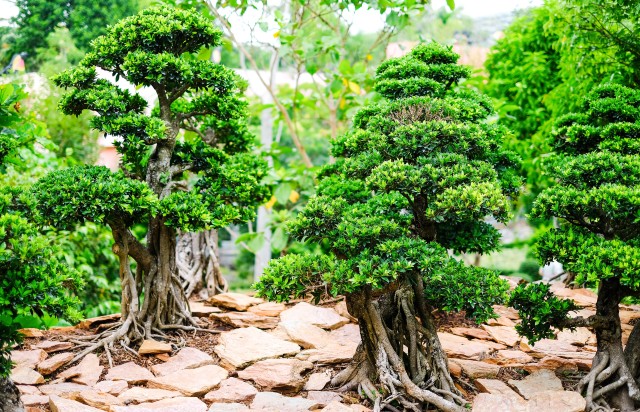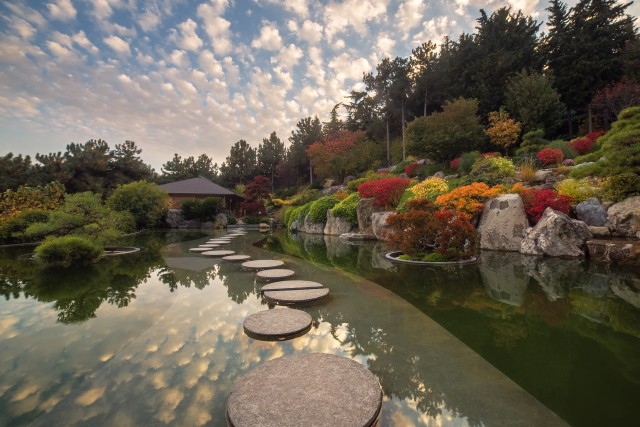Are you wondering how often you should repot your bonsai tree? It’s important to understand the repotting process and recognize the signs that your tree needs repotting. Factors like the size of your tree and the type of soil it’s in also play a role.
Knowing the ideal time of year to report can make a big difference in your bonsai tree’s health. In this article, we’ll provide a step-by-step guide to repotting and offer tips for maintaining your tree’s health afterward.
Understanding the Repotting Process
Understanding the repotting process is essential for maintaining the health and growth of your bonsai tree. One of the most common mistakes people make is not repotting their bonsai tree regularly. Repotting should be done every one to three years to ensure the tree’s roots have enough space to grow and absorb nutrients.
Another mistake is using the wrong soil. Choosing the right soil is crucial for the bonsai tree’s overall health. It should have good drainage to prevent waterlogging and allow air to reach the roots. A mix of bonsai soil, akadama, and pumice is recommended.
Signs That Your Bonsai Tree Needs Repotting
Look for signs like roots growing out of the drainage holes or the tree becoming root-bound, indicating it’s time to repot your bonsai. These warning signs are crucial indicators that your bonsai tree needs some repotting attention.
When roots start to emerge from the drainage holes, it means that the current pot can no longer accommodate the root system. This can lead to poor drainage and hinder the tree’s growth. Additionally, if you notice that the tree is becoming root-bound, meaning the roots are tightly packed and circling around the root ball, it’s definitely time for repotting.
Repotting techniques vary depending on the tree species but generally involve carefully removing the tree from its current pot, pruning the roots, and placing it in a new pot with fresh soil. Remember to repot your bonsai every 1-3 years to ensure its health and vitality.
Factors to Consider Before Repotting Your Bonsai Tree
Before repotting your bonsai tree, it’s important to consider factors such as the tree’s age, current health, and the appropriate pot size for its growth. These factors play a crucial role in determining how often you should repot your bonsai tree.
The age of the tree is the first factor to consider. Younger trees typically require more frequent repotting because their roots grow faster and may become pot-bound sooner.
The current health of your bonsai tree is another important consideration. If the tree is healthy and growing vigorously, it may need to be repotted more often to accommodate its growth. However, if the tree is weak or stressed, repotting may need to be done less frequently to avoid further stress.
Lastly, consider the appropriate pot size for your bonsai tree. A pot that is too small can restrict root growth and lead to the need for more frequent repotting. On the other hand, a pot that is too large can cause the soil to retain too much moisture, which can lead to root rot.
The Ideal Time of Year to Repot Your Bonsai Tree
The ideal time of year to repot your bonsai tree is during the dormant season when the tree is not actively growing. This is usually in early spring or late winter. During this time, the tree is less likely to suffer from stress and can easily recover from the repotting process.
When repotting your bonsai tree, it is important to use the best soil for optimal growth. Bonsai soil should be well-draining to prevent root rot and allow for the proper uptake of nutrients. A mixture of akadama, pumice, and lava rock is commonly used in bonsai soil.
As for the repotting frequency, it depends on the species and the size of your bonsai tree. Generally, younger and faster-growing trees require more frequent repotting, while older and slower-growing trees can be repotted less often, usually every 2-3 years.
Step-by-Step Guide to Repotting Your Bonsai Tree
To start repotting your bonsai tree, you’ll want to gather all the necessary materials. These include a bonsai pot, bonsai soil, and pruning tools. Repotting is an essential part of bonsai tree care because it helps maintain the health and vitality of your tree.
Begin by carefully removing the tree from its current pot. Be mindful not to damage the roots. Trim any damaged or overgrown roots before placing the tree into the new pot with fresh bonsai soil. Make sure to position the tree correctly and gently pat down the soil around the roots.
Water the tree thoroughly, allowing the excess water to drain away. Avoid common mistakes like using the wrong soil or pot size, as these can hinder the growth of your bonsai.
Maintaining Your Bonsai Tree’s Health After Repotting
After repotting your bonsai tree, it’s important to regularly check the soil moisture levels to ensure proper hydration. Proper maintenance is crucial for your bonsai’s health and longevity.
One of the most common mistakes in bonsai tree repotting is overwatering. It’s essential to strike a balance between keeping the soil moist and avoiding waterlogged roots. Overwatering can lead to root rot and ultimately the death of your bonsai.
On the other hand, underwatering is equally detrimental. The key is to monitor the soil moisture regularly and adjust your watering schedule accordingly.
Another common mistake is using the wrong soil mixture for repotting. Bonsai trees require a well-draining soil blend to prevent waterlogging and promote healthy root growth.
Conclusion
In conclusion, repotting your bonsai tree is an essential part of its care routine. By understanding the signs of when your tree needs repotting and considering the factors involved, you can ensure its health and longevity.
Remember to choose the ideal time of year for repotting and follow the step-by-step guide to ensure a successful process. By maintaining your bonsai tree’s health after repotting, you can continue to enjoy its beauty for years to come.
So, don’t forget to give your bonsai tree the love and attention it deserves!









